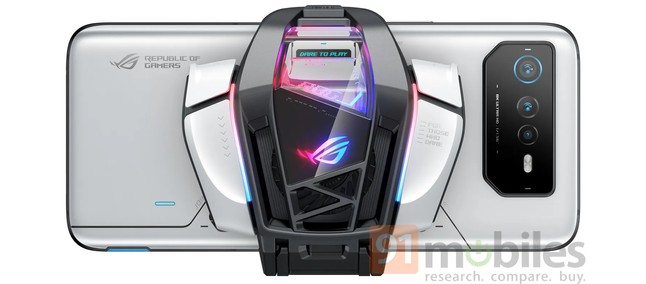T-Mobile is adding 2.5 GHz sites to its network at a breakneck pace, but it’s not doing it with open Radio Access Network (RAN) gear — and there’s more than one reason for that.
While T-Mobile is supportive and working harder to understand the open RAN story, “it’s not ready for prime time for us,” said T-Mobile President of Technology during the virtual BCG and New Street Research 5G Conference on Tuesday. He suggested it “kind of makes sense” for a greenfield operator to start building that way.
Earlier in the conversation, he discussed with New Street analyst Jonathan Chaplin how fast T-Mobile is moving to add equipment using 2.5 GHz to its 5G network in an effort to really differentiate it from 4G. T-Mobile during its November 6 earnings call announced it had over 30 million people covered with 2.5 GHz, and today it’s just under 37 million people covered. It will be at 40 million by the end of the week, and 100 million by the end of this year.
Other operators around the world are looking at open RAN as a way to cut costs and more efficiently deliver services. Dish Network has emphasized its use of open RAN, cloud-native and virtualization techniques as a way to make it a more efficient operator without breaking the bank. (More on that later; Dish Chief Commercial Officer Stephen Bye at the same conference addressed some of the questions that Ray raised.)
T-Mobile is not building those thousands of sites every month based on an open RAN platform, Ray noted. Today, by buying gear from a Nokia, Ericsson or Samsung, if something goes wrong, the operator knows who to go to in order to get it fixed.
In an open RAN environment, “you have to do a lot more heavy lifting as the operator,” and who’s ultimately responsible? “Whose neck do you choke when things go wrong? Your own, right? There’s a lot to work through,” he said. He also noted that the capital savings people have flagged around open RAN – “that’s a big TBD.”
That’s not to say T-Mobile isn’t supportive of innovation. “We bust the dam on 5G FDD,” he said, adding that T-Mobile did that globally. “O-RAN for me is interesting at this point in time but there’s a host of unanswered questions” around R&D, system integration and other areas.
RELATED: Marek’s Take: Is open RAN’s bubble about to burst?
It’s not the first time Ray has thrown shade at open RAN and virtualization initiatives. While AT&T and Verizon joined the Open RAN Policy Coalition when it launched in May, T-Mobile was not among the members and it’s currently not listed as a member.
Dish: We get to reset the playbook
Asked later in the day about the vendor management issue, Dish’s Bye said it’s interesting because most networks have a plethora of vendors, and “I would say that we probably have fewer vendors when you look at the entire ecosystem than most incumbent carriers do.”
When you deploy a network, the job of the operator is to do the integration. “You can’t give it to one party and have them do it for you,” he said. “It’s not just the radio. It’s the radio, all the way through to the BSS and each of those components need to come together and really, this comes down to disciplined execution,” Bye said.
“That’s what’s needed and whether it’s O-RAN or an incumbent network, there really isn’t a difference in the number of partners that they have. It really is an integration exercise and I would contend with an open architecture, we have much more visibility at every layer and within each of those interface points within each of the vendors so we can actually manage that more effectively. We don’t actually see it as an impediment,” he said. In fact, Dish thinks of it as a positive, and the positive extends to the security environment as well.
“The notion that it creates an integration challenge is overplayed by people who have a vested interest in trying to manage the entire ecosystem. But that’s just not a valid argument,” he added.
There are situations where vendors that seemingly have been out of business for years still have their equipment in an operator’s central office. The nice thing about a greenfield network is “we get to kind of reset the playbook. We’re not dealing with a lot of that incumbency” and antiquated systems that exist in a traditional network. “I’ve been there,” and it’s hard to replace those systems, so you’re stuck with them longer than you’d like to be.
RELATED: Dish hires 2 well-known wireless leaders: Rouanne and Bye
The relationship between Dish and T-Mobile is unique, to say the least. Dish, which once opposed the T-Mobile/Sprint merger, was brought into the fray during the negotiations with the government and played a role in the deal going through.
Now Dish is being set up as a fourth national facilities-based operator, and it’s using T-Mobile’s network in an MVNO arrangement while it builds out that network. As Dish deploys a commercial network, it will be able to move Boost Mobile customers from the T-Mobile MVNO over to its own network.
Still ‘scrappy’
Chaplin kicked off T-Mobile’s session with a question about changing consumer perception and evolving the messaging now that it’s no longer a “scrappy underdog” but a network leader.
“I like to think we’re still scrappy,” Ray said. “That’s T-Mobile. We’re always going to be fighting away.”













